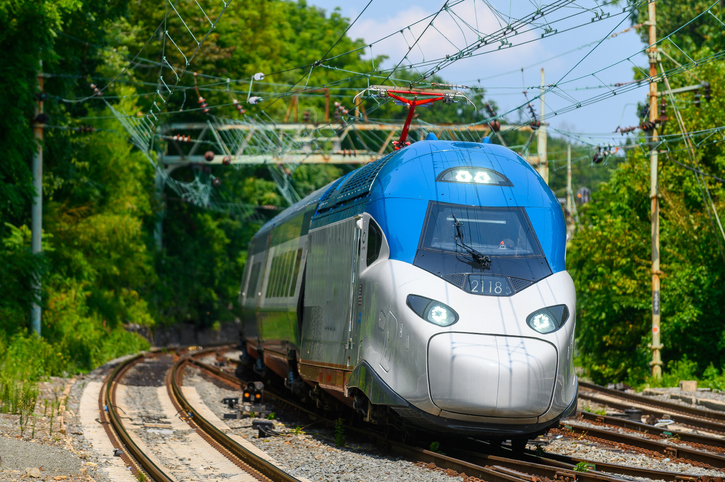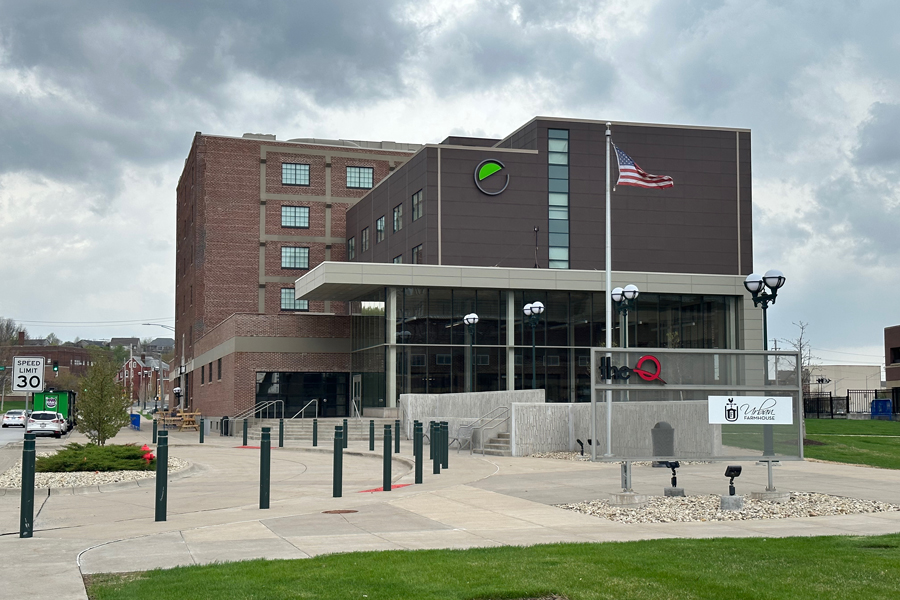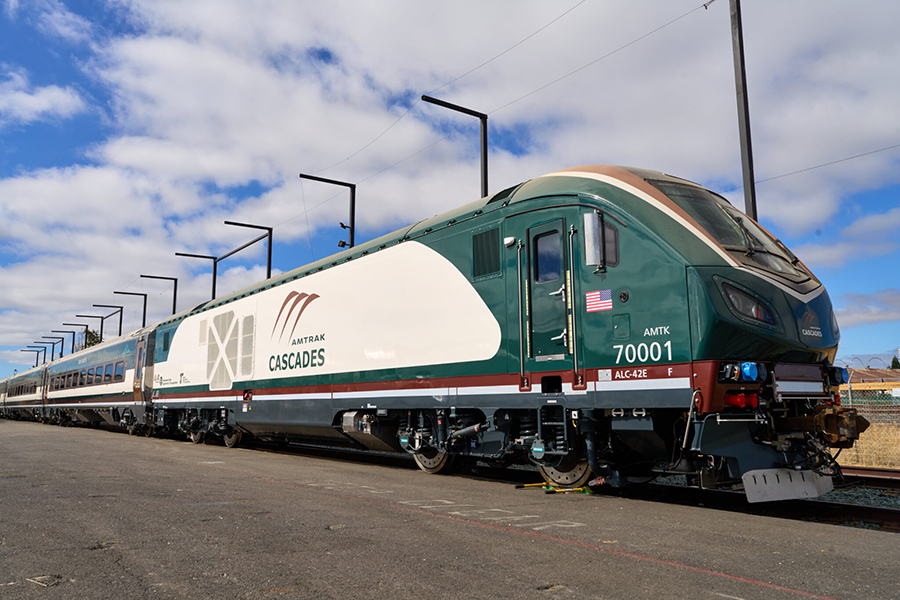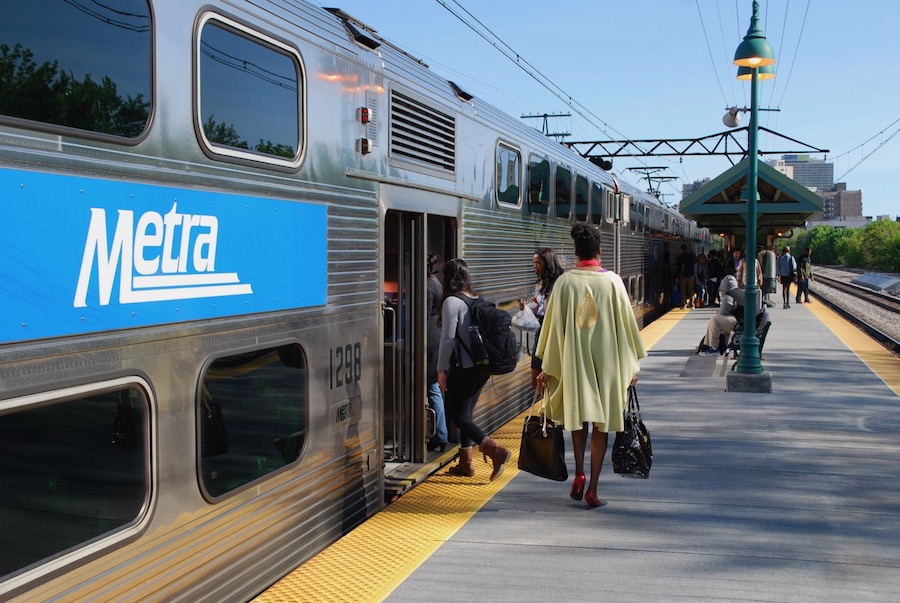On Dec. 31, 1978, the Rock Island Line ran its last passenger train from Chicago to Rock Island, Illinois. The Quad Cities of Illinois and Iowa have not had passenger rail service since. This is due to change. The transit legislation that the Illinois General Assembly...
The Transit Costs Project proposes a workable, cost-effective plan for a high-speed rail in the Northeast Corridor
The Transit Costs Project at New York University released a plan this week to slash the travel time by train from Boston to Washington, D.C., to about 4 hours. The Boston-New York and New York-Washington, D.C., segments of the trip would take a little under 2 hours each. Travel times on those segments are now 3:40 and 3:00, respectively. The plan’s estimated cost is about $17 billion, versus $110 billion to implement an alternative high-speed rail proposal for the Northeast Corridor (NEC). These time and cost savings will be achieved through smarter, simplified scheduling and high-impact, relatively low-cost upgrades to infrastructure and rolling stock.
The plan builds on ideas set out in another recent report, “Momentum,” which focuses on the potential of electrified trains and level boarding to increase train speeds and cut “dead time,” i.e., time lost to inefficiencies during station stops. Adopting these changes, author Nolan Hicks writes, would “deliver trip time savings on existing routes that are so substantial that commuting or traveling by train would become markedly quicker than driving and competitive with flying.”
Railroads in the US often view level boarding as a non-essential amenity. But in truth, it’s critical to providing fast, reliable train service. It allows all riders to board and disembark quickly, and it allows rail operators to use rail cars with wide doors, which also speeds up the entering/exiting process. Level boarding could reduce dead time by up to 60 seconds per stop for commuter trains and by more than two minutes per stop for Amtrak trains, according to “Momentum.”
Similarly, rail electrification will reduce dead time substantially because diesel trains accelerate so slowly. The plan estimates a time savings of 80 seconds per stop for electrified routes that adopt electric multiple-unit trains, which is “all-wheel drive for trains.”
Regarding these and other infrastructure upgrades, the plan proposes:
- Raising all the remaining low-level platforms (on mainline as well as branches).
- Electrifying all the branches so that no diesel-powered trains still operate in the Corridor.
- Smoothing curves and running trains through curves faster.
- Replacing low-speed turnouts (which are standard in North America) with high-speed turnouts.
- Installing modern constant tension catenary to allow top speeds of 199 mph for long stretches.
- Replacing existing trains with electric multiple units to increase performance.
- Working towards all trains having the same performance characteristics, to allow for simplified scheduling.
Why the NEC needs simplified scheduling
The “heart” of the plan is “coordinated, repetitive, top-down scheduling of commuter and intercity trains on the NEC.” The authors simplify the schedule by planning a half-hour block of trains—both commuter and intercity rail—and repeating it all day. The German word for this approach is called Takt (meaning beat or rhythm).
“The reason behind the Takt simplification is that it concentrates all conflicts between trains onto a small number of places, where infrastructure upgrades can fix the conflict,” the authors write. With the Takt schedule in place, “conflicts between faster and slower trains can be contained to specific points on those lines, where there are more than two tracks or where a strategic bypass can be built. With reliable timetabling comes higher speed” and less schedule padding to accommodate delays. Currently, up to 25% of the run time on NEC trains is padding. In countries with Takt scheduling, padding is usually less than 10%.
But the report’s most important recommendation isn’t necessarily simplified scheduling or a specific infrastructure upgrade. It’s the call for “a coordinating planning body” with the power to pull all the pieces together—i.e. purchase the rolling stock, plan the schedules, and authorize the infrastructure upgrades.
That is indeed the great and urgent need, not only in the NEC but in US railroad development in general. This plan makes a strong and compelling case for the reforms it proposes. Whether they will gain traction hinges on a leader and an agency with the vision—and the authority—to push them through.
But the great news is that we now have a workable, cost-effective, and near-term plan for achieving true high-speed rail in the NEC by leveraging and improving infrastructure that’s already in place. That’s a milestone worth celebrating. Now, let’s get it done.

Help Strengthen Your Community
Tell the United States Congress: It’s time to reconnect the country with high-speed and regional rail!
The Latest from HSRA
Our Latest Blog Posts
Check out the latest news, updates, and high speed rail insights from our blog!




